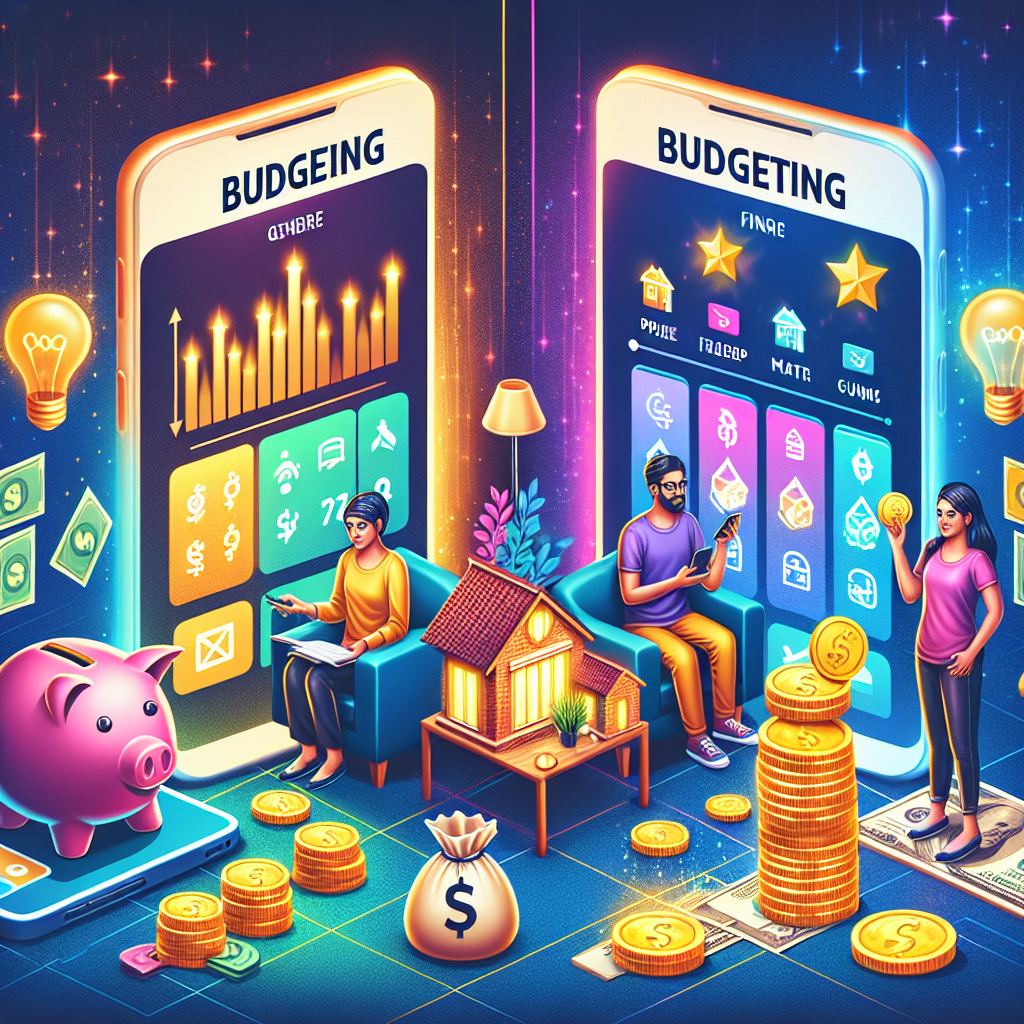In today’s fast-paced world of personal finance, managing your budget effectively is more crucial than ever. With the rise of technology, budgeting apps have emerged as powerful tools to help individuals gain control over their financial lives. This article explores the numerous benefits of budgeting apps and provides guidance on how to find the perfect one for your needs.
1. Understanding Budgeting Apps
What Are Budgeting Apps?
Budgeting apps are digital applications designed to help users track their income, expenses, and financial goals. They often come with a user-friendly interface, making it easy to visualize your spending habits. Whether you’re looking to save for a vacation, pay off debt, or simply keep track of your daily expenses, budgeting apps can streamline the process significantly.
How Do Budgeting Apps Work?
Most budgeting apps connect to your bank accounts and credit cards, automatically categorizing transactions for easy analysis. They allow users to set budgets based on their income and spending, send alerts or reminders, and sometimes even offer insights into spending trends.
2. Key Benefits of Using Budgeting Apps
Enhanced Financial Awareness
One of the significant benefits of using budgeting apps is the enhanced awareness of your financial situation. With real-time tracking, these apps provide insight into where your money is going, helping you identify spending patterns and areas where you can cut back.
Goal Setting and Tracking
Setting financial goals is essential for successful budgeting. Most apps allow users to set specific financial targets, such as saving a certain amount for a down payment or reducing credit card debt. These tools often include features to track your progress over time, keeping you motivated and accountable.
Improved Savings Habits
Budgeting apps can encourage better savings habits. By visualizing your spending and understanding the importance of saving, users are more likely to prioritize building an emergency fund or saving for larger purchases. Many apps also offer saving challenges, promoting consistent deposits into savings accounts.
Convenience and Accessibility
In our digital age, convenience is key. Budgeting apps are typically available on smartphones and web browsers, allowing you to manage your finances anytime, anywhere. This accessibility ensures that you can stay on top of your financial goals, whether you’re at home or on the go.
Expense Tracking Made Easy
Gone are the days of manually recording every transaction in a notebook. Budgeting apps automate this process, making it effortless to keep track of your daily, weekly, and monthly expenditures. Users can categorize expenses and generate reports to identify trends over time.
3. Choosing the Right Budgeting App for You
Determine Your Budgeting Needs
Before selecting a budgeting app, consider your unique financial situation and goals. Are you focused on saving, investing, or simply preventing overspending? Knowing your priorities will help narrow down your options.
Look for Key Features
Different budgeting apps offer various features. Some essential features to consider include:
- Bank Account Integration: This automatically tracks transactions and categorizes spending.
- Customizable Categories: Easy tracking of different spending categories.
- Goal Setting: Robust functionality to set and track savings goals.
- Reporting and Insights: Visual aids to help you understand spending trends.
Read Reviews and Testimonials
Before settling on a budgeting app, read online reviews and testimonials. User feedback can provide valuable insights into the app’s functionality, ease of use, and customer support effectiveness.
Compare Costs
While many budgeting apps are free, others offer premium features at a cost. Determine whether the app fits within your budget and if the premium features are worth the investment for your financial goals.
4. Popular Budgeting Apps to Consider
1. Mint
Mint is one of the most popular budgeting apps, known for its comprehensive features. It offers free bank account integration, budgeting tools, expense tracking, and bill reminders.
2. YNAB (You Need a Budget)
YNAB is tailored for users serious about budgeting. It uses the zero-based budgeting method, encouraging users to allocate every dollar toward a specific purpose, thus effectively managing finances.
3. PocketGuard
PocketGuard is perfect for those who want to keep it simple. It focuses on showing how much disposable income you have after accounting for bills, goals, and necessities, making it ideal for beginners.
4. GoodBudget
GoodBudget is a traditional envelope budgeting app, allowing users to allocate funds into ‘envelopes’ for different spending categories — perfect for those who appreciate a tangible approach.
5. Conclusion
Budgeting apps are invaluable tools for anyone looking to improve their financial management skills. With the benefits of enhanced awareness, goal tracking, convenience, and improved savings habits, finding the right budgeting app can streamline the path to financial health. By carefully assessing your needs and exploring the various options available, you can choose an app that fits seamlessly into your lifestyle and helps you achieve your financial goals. Start budgeting smarter today and take meaningful steps towards financial freedom!

